IMAGO has chosen a selection of important images from the history of photography that captured significant and meaningful occasions and transformations. The first half of the twentieth century will be reviewed here.
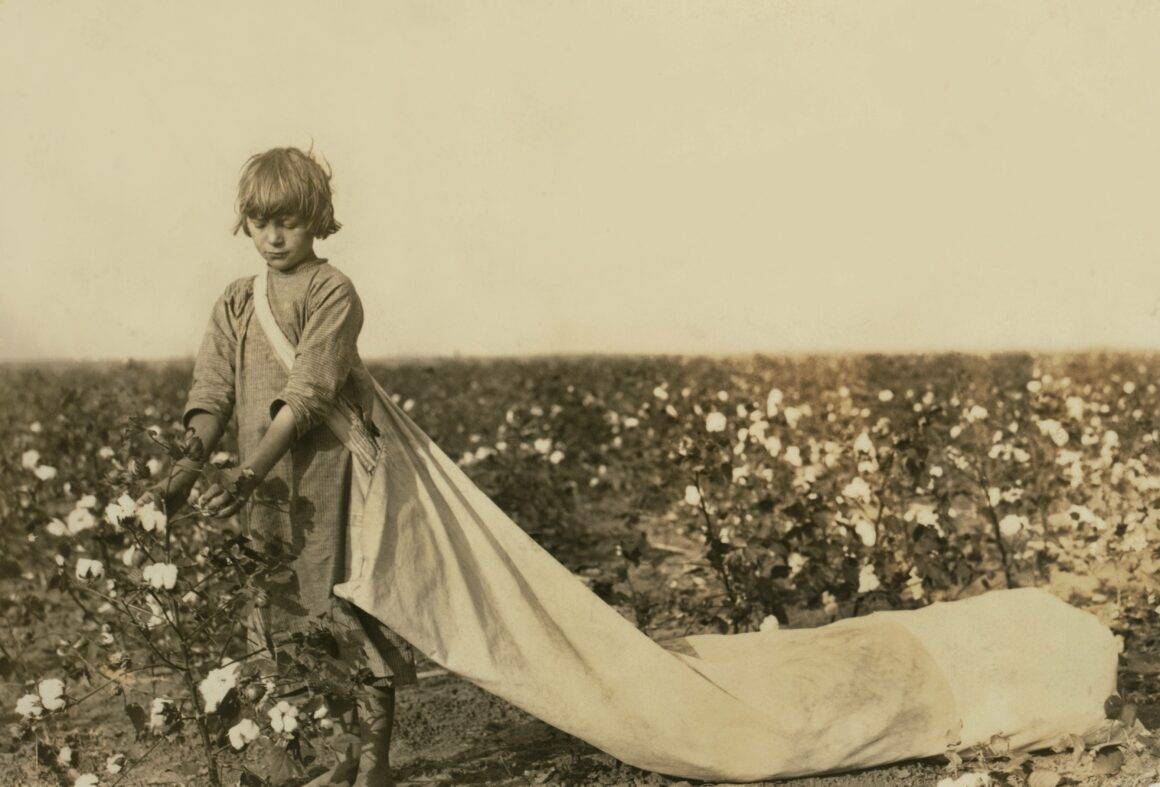
History, Photography, and Transformation: The Most Important Photos in History Chosen by IMAGO
Photography has revolutionized the way history was recorded. For the first time in thousands of years, the tales and accounts that had been told to us became more than simply words on a page. Humans were able to see and conceptualize past events, including moments of pain and hope, emotions, and changes occurring in the world.
Nonetheless, there are photographs that do more than just capture a moment in time. Some of these pictures were taken to make a difference, some to inspire others, and yet others to record significant events in history. To wit, the picture of Rosa Parks refusing to give up her seat inspired people to fight against racism and discrimination, or how the investigative and detailed documentation work of Lewis W. Hine was a crucial factor in the legislation being changed to protect children.
IMAGO has curated a collection of historical photographs that highlight important times in history. Dates are used to determine the order, not the event’s quality, the photograph’s relevance, or any other factor. This article will summarize the first fifty years of the twentieth century.
The Steerage, 1907
“I saw shapes related to each other. I was inspired by a picture of shapes and underlying that the feeling I had about life.”
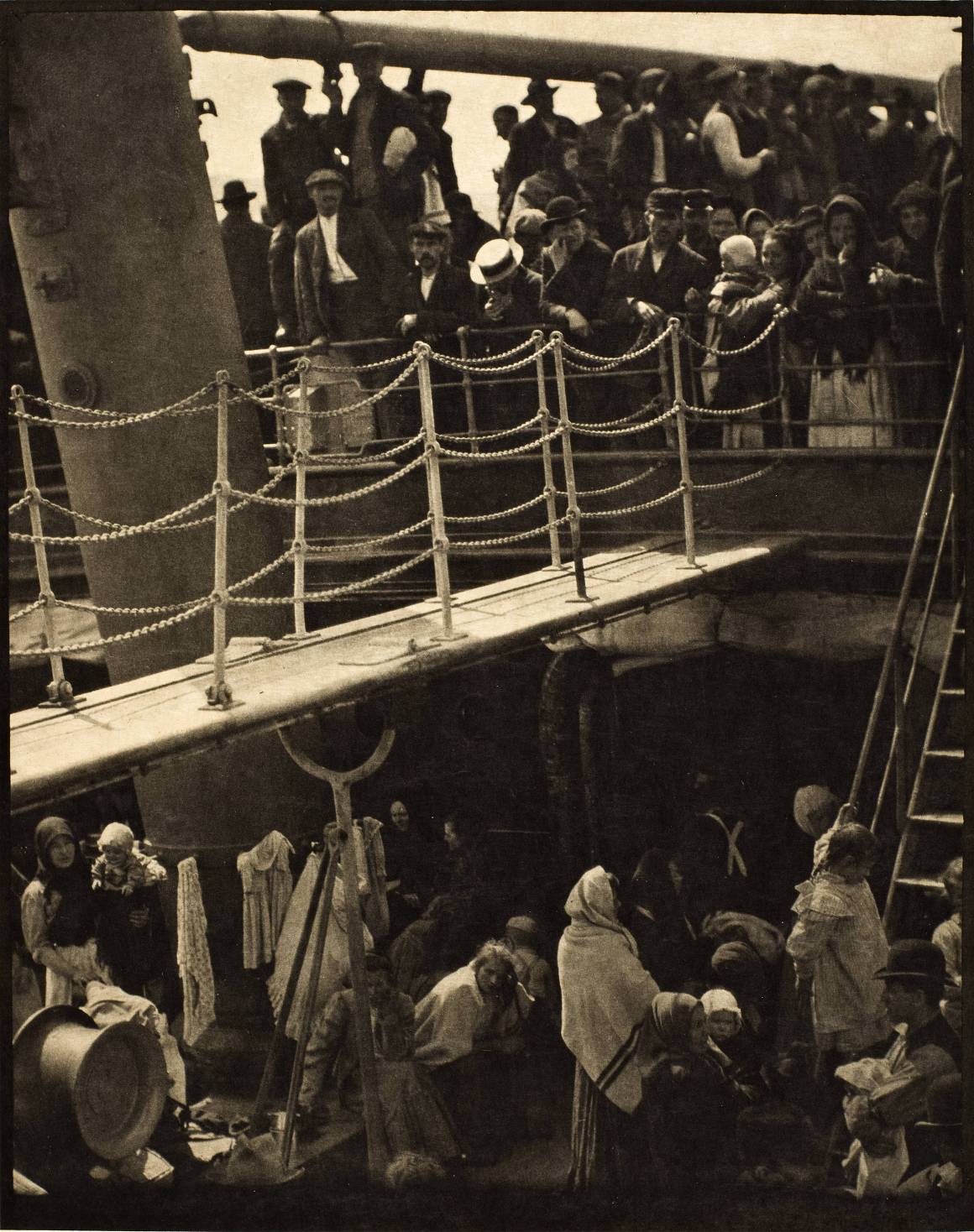
This shot, taken by Alfred Stieglitz in 1907, perhaps marked the beginning of the Art Photography era. From the United States, Stieglitz was in a first-class place in the SS Kaiser Wilhelm II ship to the United Kingdom. He snapped this shot of passengers in the ship’s third-class, or steerage, cabin on the trip. Immigrants were not entering the United States in the photo; instead, they were leaving the country and heading back to Western Europe.
Although the image is iconic as the classic depiction of a European immigrant to the United States in the twentieth century, it is one of the first photos in artistic modernism. About what Stieglitz started, Pablo Picasso later said they were working in the same spirit in a cubistic sense.
“I stood spellbound for a while. I saw shapes related to one another—a picture of shapes, and underlying it, a new vision that held me,” said Stieglitz while after he captured the picture. What he thought and did and the result, the Steerage, started a revolution in artistic photography.
Child Labour, 1908-1912
“There is work that profits children, and there is work that brings profit only to employers. The object of employing children is not to train them but to get high profits from their work.”
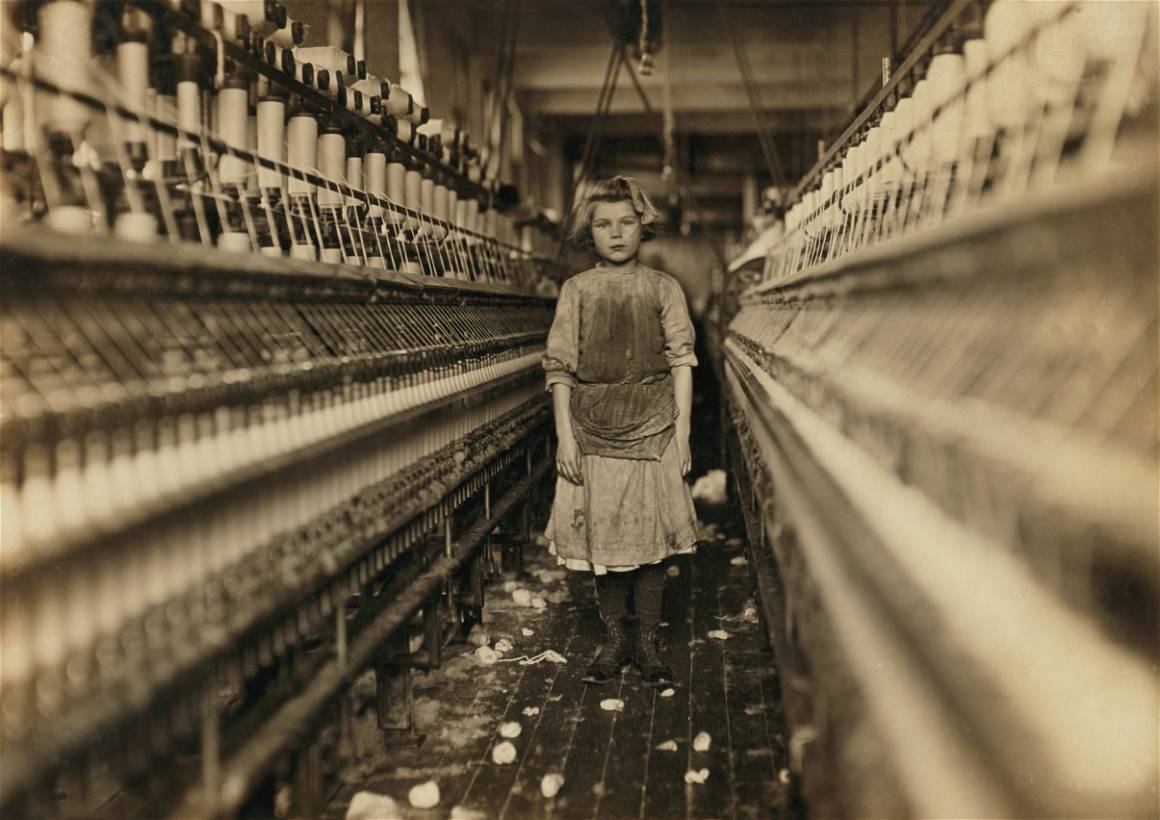
imago images/ZUMA Wire
imago images/ZUMA Wire
imago images/ZUMA Wire
imago images/ZUMA Wire
Child labor was a substantial problem in the United States in the late 19th century and early 20th century since the law was either not implemented or was not taken seriously. At the same time, it was generally accepted that putting a child to work to improve a family’s financial status wasn’t wrong while the family was impoverished. As a result, low-income families often made their homes in the workplace, and children often spent their days working or playing in a hazardous environment. Including the children, it was estimated that these families were putting in over 70 hours of labor every week.
This is the context in which Lewis W. Hine began his career as an investigative photographer for the National Child Labor Committee. The idea behind this was that society and politicians wouldn’t respond to the issue or take any action until the pain of these children was seen in actuality.
With the help of Hine’s images’ extensive publicity, efforts to change child labor progressed. As a result, numerous states established stronger legislation outlawing the hiring of minors. The Federal Wage and Hour Law was created by Congress in 1938. The United States Supreme Court ruled that the Act was constitutional in 1941.
What Hine achieved was groundbreaking in that it was one of the first cases of investigative and photographic documenting. Using photography to expose the realities of child labor, he began to effect positive change in the world.
Blind Beggar, 1916
“I like to photograph people who have strength and dignity in their faces. Whatever life has done to them, it hasn’t destroyed them.”
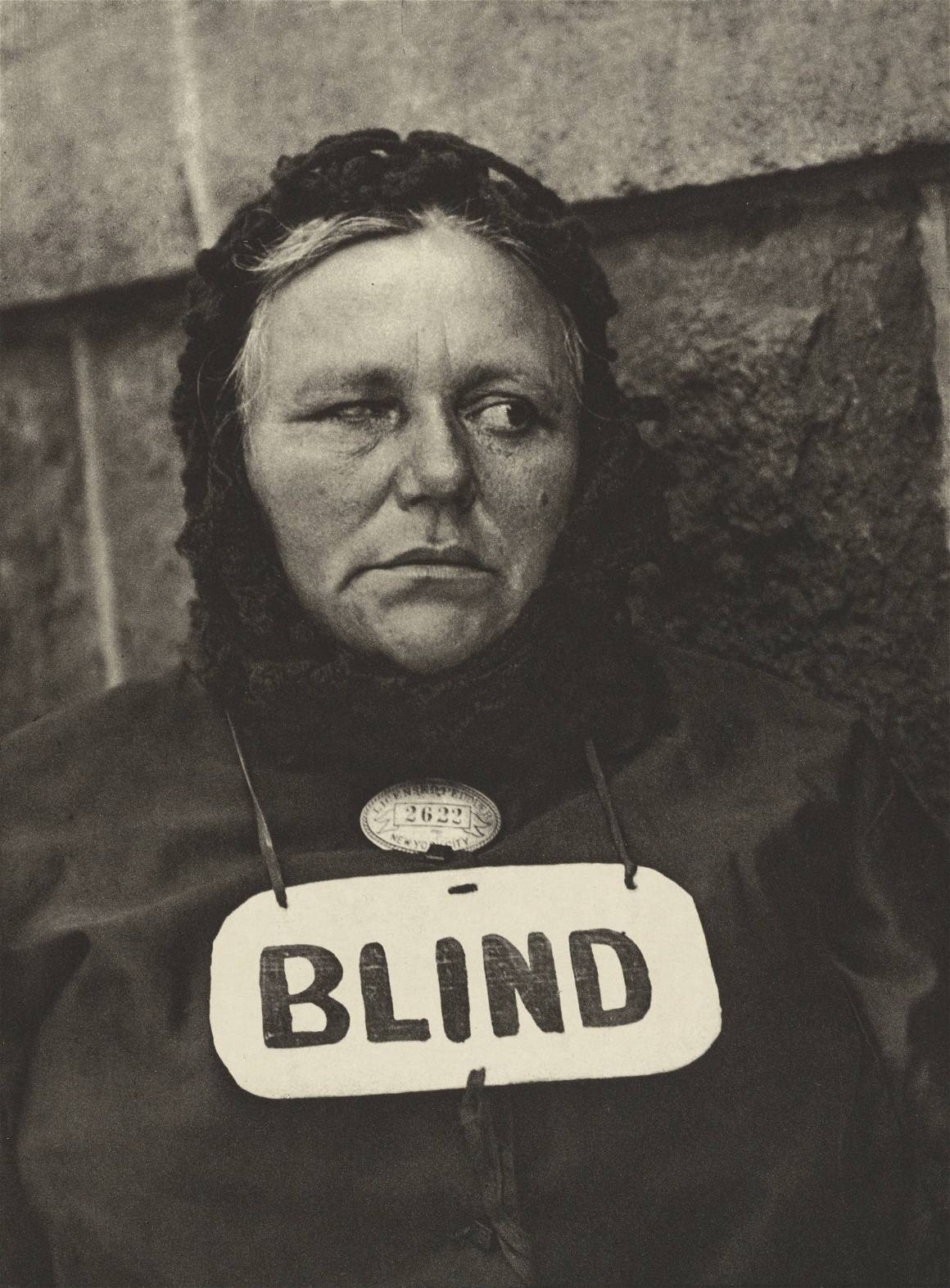
This shot, taken by Paul Strand, shows his revolutionary approach to photography that significantly influenced the development of street photography as we know it today.
When Paul took this picture, most photographers were using a different technique, having the subject posture or taking the picture with a specific goal in mind. What he began, however, went far beyond that, as it captured people on the street in their natural social contexts, as he described it: “I like to photograph people who have strength and dignity in their faces. Whatever life has done to them, it hasn’t destroyed them.”
This New York City beggar woman photo, for example, was one of the many photos taken by him from the street. Vital information about the historical period’s populace can be gleaned from the photo. The woman in this picture, who was a beggar in New York, is wearing an ID card around her neck. We learn crucial details about the people at the time from the information provided by the image.
She carried a sign around her neck explaining that she was blind and therefore qualified to beg since at the time, it was necessary to have a license in order to do so. With this labeling system, outcasts might be easier to control because everyone would be aware of their status.
This shot was one of the images that Strand took from people in the streets while using a hand-held camera with a false lens affixed to its side. This allowed him to point the camera in one direction while really capturing the shot in another. According to the Metropolitan Museum of Art, shortly after realising the photo in Alfred Stieglitz’s magazine, it quickly became a symbol of the new American photography, which combined the modernist forms’ strong simplification with the compassion of social documentation.
Lunch atop a Skyscraper, 1932
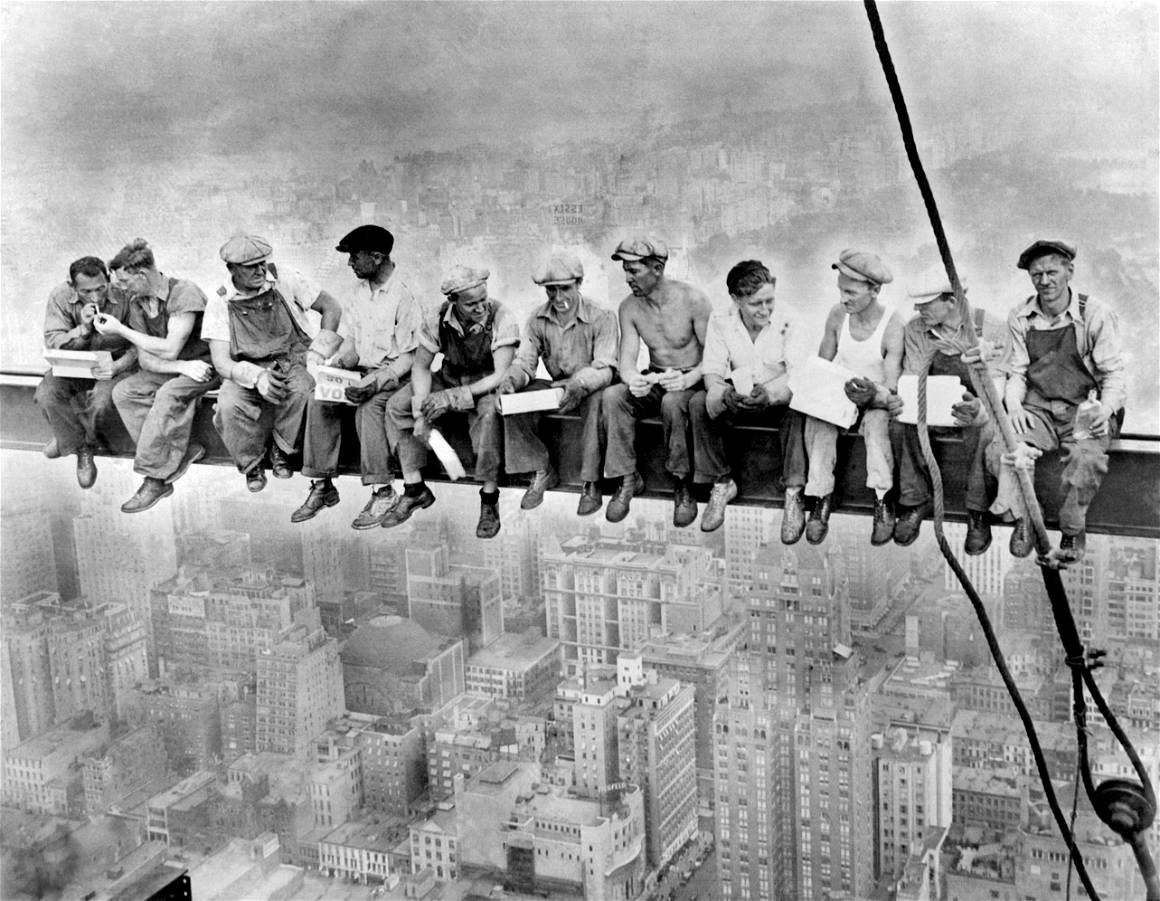
It is unclear who took the famous shot of New York City workers having lunch atop a skyscraper. There were three photographers there that day to document the progress of the construction: Charles Ebbets, Thomas Kelley, and William Leftwich.
The image “Lunch Atop a skyscraper,” which was originally released in the Sunday edition of the New York Herald Tribune on October 2, 1932, quickly became an icon of optimism in the midst of the Great Depression. In the depths of the Great Depression, it is believed that the building project employed roughly 250,000 people.
Combining a lack of security with the will to keep on going in the face of difficulties became a symbol for the people of those times.
The identities of the workers shown enjoying lunch, talking, and smoking on the 69th level of the Rockefeller Center from the ground, have been lost to time, but their image will live on in photographic history.
Migrant Mother, 1936
“I saw and approached the hungry and desperate mother, as if drawn by a magnet.”
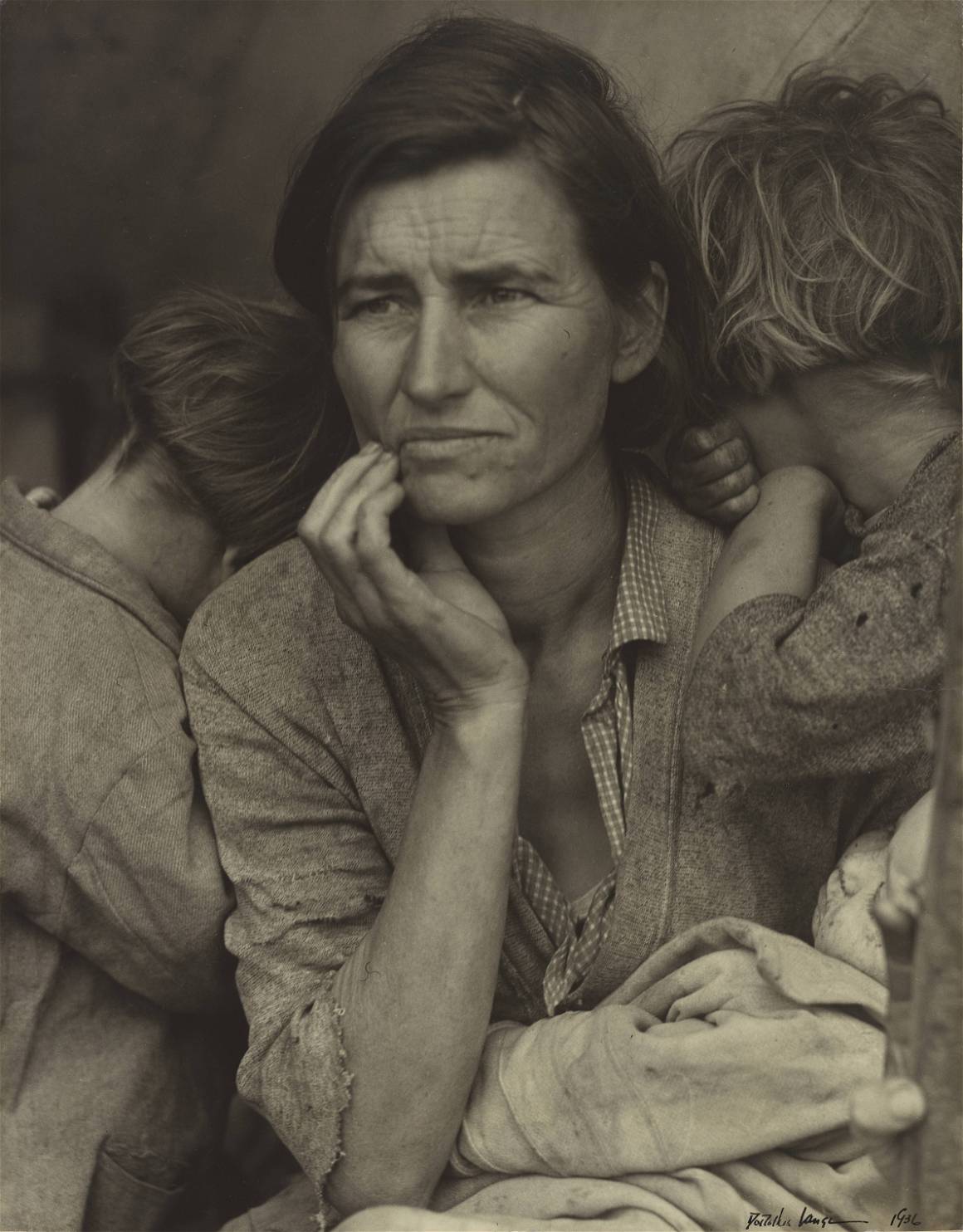
At a camp full of farmhands whose lives were turned upside down after the pea crop failed, Dorothea Lange captured the image of the migrant mother during the Great Depression in the United States.
Even though a lot of pictures were taken at the time, what she got on camera became a symbol of the Great Depression and documentary photography.
Lange, who worked for the Farm Security Administration (FSA) of the United States government, later recalled, “I saw and approached the hungry and desperate mother, as if drawn by a magnet.”
The picture depicts a mother and the children in her immediate vicinity, her eyes drained with sorrow and sadness. By this photograph, Florence Owens Thompson, who was identified years later, became a symbol of the hardship of Americans during the Great Depression.
The article by Fatemeh Roshan is part of the Waves of Change Series, and the first part of The Most Important Photos in History Chosen by IMAGO.


